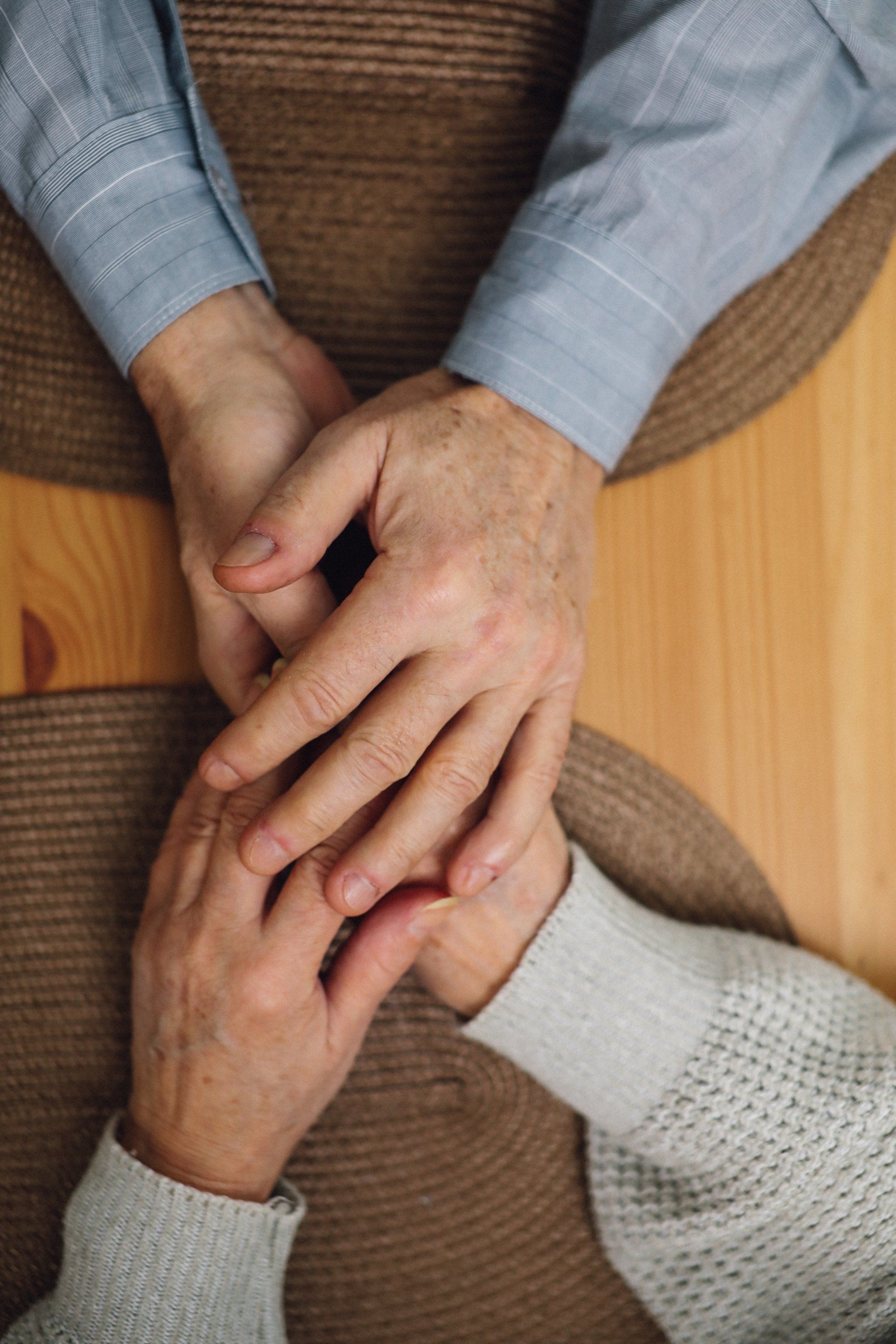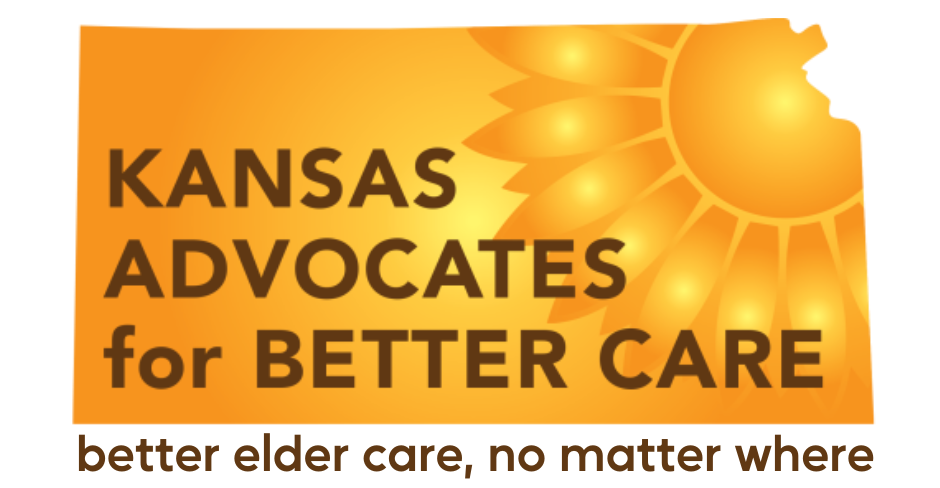Facility #1, Interview with Sabrina
Phone interview transcript with Sabrina
Facility #1
Well, right before the pandemic, my mom decided—and thankfully, she was very open and frank with her abilities and with us about what her abilities were—she felt that she was no longer able to live independently. My parents are divorced; they have been for quite some time. So she had been living on her own at least 15, probably 20-plus years.
We moved her into assisted living first, and that was in February of 2020, so right before everything shut down. Everything was marching along quite well. You know, we would have periodic visits with her when we were in town.
At some point, she started having more frequent falls where staff would find her on the ground, or she wouldn't necessarily report that she fell. I guess that was also what we were told—which I do believe might be the case. Once she had several falls like that, and those were happening more frequently, she was requiring more care. As a result, she wound up hospitalized.
And this is where it kind of gets interesting, because having some background in the medical field, I didn't really see exactly, medically, what was putting her in the hospital. But anyway, she was hospitalized, and I already saw it coming from afar. I knew that she was not going to be able to go back to assisted living. I could just feel it. That, again, is from some of my previous experience working in hospitals. I mean, I knew—I knew what was going to happen. I knew that the reason why they wanted to hospitalize her, or what I felt was the reason, was so that they could transition her to long-term care and no longer have her in assisted living.
And it's true—she really was probably ready to be in long-term care. She was certainly becoming more dependent, less mobile, and so forth.
Fast forward, I get a call: “She's going home on this Wednesday, and you need to figure out where she's going to go, because she can't come back here (to the assisted living facility).” I mean, it was rather abrupt. If I did not have the knowledge that I had, I would have been completely taken off guard. Like, “Wait, what are you talking about?” You didn't leave this conversation in a way that would let me feel that we were getting to this point. There were a couple of allusions to that, but nothing that I felt, in my eyes, was a direct type of communication—like, “Hey, you know the hospitalization was going to be the trigger to transition.”
That was very stressful, especially living afar. I quickly flew in, and I wound up selecting the nursing home that I did for a couple of reasons. A) She was already in the “system” (of facility #1), and so that sort of limited us. While I did feel that my mom did a lot to prepare financially for this time—taking out long-term care insurance when she was probably my age (I'm 53, so she maybe even started paying for it earlier)—she was definitely ready to be able to finance long-term care.
I selected facility #1 because I loved that it was smaller. That was one of my big things. When I toured it, the staff were quite receptive to talking to me, and the folks who were in charge then (and are no longer in charge now)—I mean, I don't even know how many times the leadership has changed in that regard, but I think it's been quite a few times. The nurses who were there are not necessarily the nurses that are there now. There's at least one I know of who is still there.
So that's pretty much how we arrived at facility #1. And I guess that was—I think—in 2022 or 2023.






